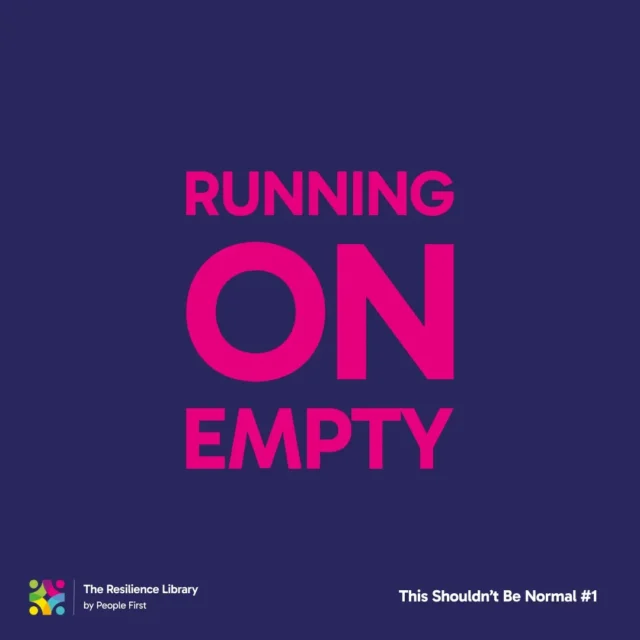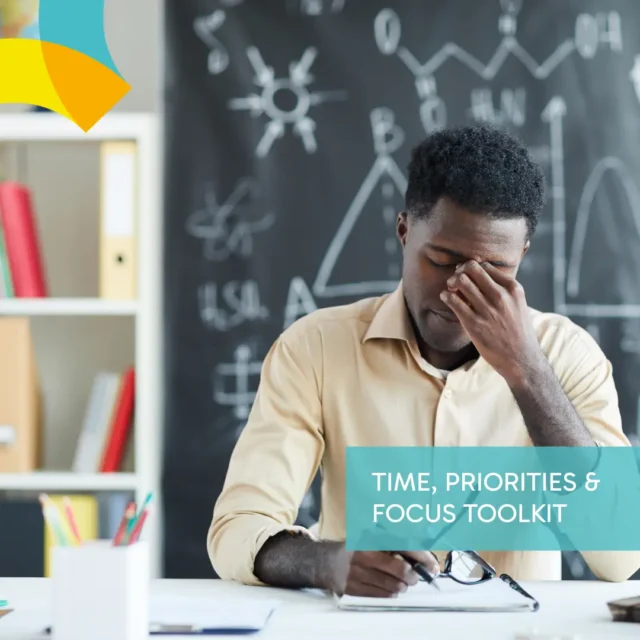
29 August 2024
Proactive Employee Approaches
This blog is part of the ‘Employee ownership of wellbeing’ series which helps to explore a great question that most leaders of workplace wellbeing are seeking an answers to – ‘How do we develop employee ownership of wellbeing’? We continue to explore ideas and today we look at why it is crucial to clearly define the responsibilities for employee wellbeing and guide them to proactive employee approaches. Setting these expectations during the onboarding process is key, and integrating a wellbeing component into your onboarding programme is an excellent way to communicate these expectations. As an employer, it is important to outline what you are responsible for and clearly spell out what they are responsible for regarding their own wellbeing.
What methods do you use to communicate your expectations for employees to take ownership of their wellbeing?
What specific expectations do you communicate to employees about their role in managing their own wellbeing?
We would expect employees to take responsibility for their fundamental wellbeing needs. Here are some proactive employee approaches that can be adopted to support their overall health and wellbeing.
1. Developing Healthy Habits
Employees should be expected to build healthy habits that enhance both physical and mental wellbeing. This includes engaging in regular physical activity, maintaining a balanced diet, and ensuring adequate sleep.
Expected Actions
- Engage in Regular Exercise – Incorporate physical activities into your daily routine, whether it’s through walking, cycling, or using on-site facilities and partnerships with local gyms.
- Follow Nutritional Guidelines – Make informed food choices that contribute to a balanced diet, supporting overall health.
- Prioritise Sleep – Ensure you get enough restful sleep to recharge and maintain productivity and mental clarity.
2. Mental Health Practices
Taking care of mental health is crucial. Employees should be expected to actively engage in practices that support their mental wellbeing, such as mindfulness, meditation, and seeking professional help when necessary.
Expected Actions
- Utilise Mental Health Resources – Take advantage of available resources like Employee Assistance Programmes (EAPs) and counselling services to manage stress and other mental health challenges.
- Participate in Workshops – Attend workshops on mindfulness, stress management, and resilience-building techniques to enhance your mental wellbeing toolkit.
3. Setting Personal Wellbeing Goals
Setting personal wellbeing goals is a proactive way for employees to stay motivated and monitor their progress. These goals should be SMART (specific, measurable, achievable, relevant, and time-bound).
Expected Actions
- Identify and Set Goals – Attend goal-setting workshops to help you identify and define clear health and wellbeing objectives.
- Track and Celebrate Progress – Use tools such as wellness apps or journals to track your progress and celebrate milestones along your wellbeing journey.
By taking these proactive steps, employees can significantly contribute to their own health and happiness, creating a more balanced and resilient workplace environment.
Collaborative Efforts
Collaboration is also key to ensuring that initiatives are effective and sustainable.
Actionable Steps
- Create a wellbeing committee that includes representatives from both management and employees.
- Regularly solicit feedback on wellbeing initiatives to ensure they meet the needs of the workforce.

(Part 3 of 6)
Employee Ownership of Wellbeing – Blog Series
Next edition Thursday 12th September – Building Employee Resilience
SAVE THE DATES! – Join us for ‘The Exchange’
It’s a community focused on providing support for workplace Mental Health First Aiders, Wellbeing Champions and leaders of wellbeing at work.
- Thursday 19th September 16:00 – 17:00 Register
- Thursday 31st October 16:00 – 17:00 Register
- Thursday 12th December 16:00 – 17:00 Register
How People First can help?
Are you wondering how our ‘Work and Wellbeing Coaching’ might support your employees? If you’re interested in exploring how these paradigms can be applied to improve your workplace, or if you want to learn more about our Work and Wellbeing coaching programmes, we are here to help. Together, we can create a thriving environment where both productivity and personal satisfaction are maximised.





